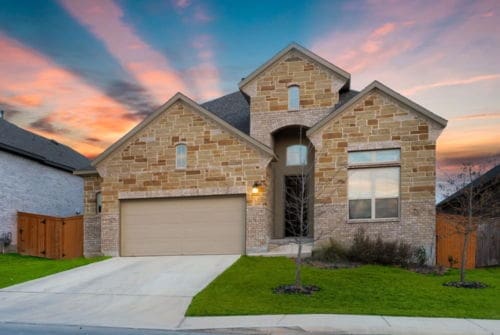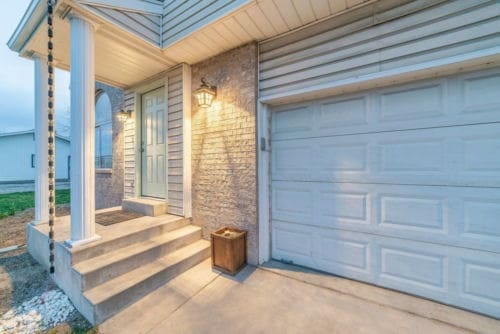Garage doors are a major part of the average house in San Diego that contributes greatly to its functionality, security, and curb appeal. While most work on a door should be left to a professional garage door service, it’s still well worth the homeowners’ while to take the time to learn what makes their doors tick.
In this article, we’ll help homeowners get a better understanding of their doors by providing a short glossary of terms and definitions that are commonly used in the context of garage doors. Read on.

What are the names of the garage door parts?
Like most other industries, garage door manufacturers and installers have their own unique lingo. Here’s a quick list of commonly used terms:
- Astragal. The bottom weather-stripping on a garage door.
- Bottom brackets. These are attached to both sides of the door. They’re what holds the lifting cables.
- Bracket-mounted track. These vertical tracks are installed onto the doorjamb.
- Backroom. The space between the door and the back of the horizontal track.
- Clearance. How much sideroom, backroom, and headroom is needed for the garage door to be installed correctly.
- Cables. The long wires that connect the bottom bracket to the counterbalance mechanism.
- Cable drums. The wheel-like components that cables are wound about.
- Cycle. This is what a full opening and closing of a garage door is called.
- Door frame refers to the side vertical pieces and the horizontal header.
- Dead load. How much load the door exerts when it’s not moving.
- Double-thick glass. This glass is about one eighth of an inch thick and not as heavy as plate glass.
- Duplex spring denotes a duo of torsion springs.
- Torsion & extension springs are what produces the lifting force a door needs in order to open.
- Flag bracket is what connects the horizontal and vertical tracks.
- Galvanizing. This is what makes steel doors resistant to rusting.
- Opener. The remote-controlled motor that closes and opens a garage door.
- Man door. A regular door that’s built into a garage door to enable people to go in and out without having to open the entire garage door.
- High-cycle springs. These springs can withstand a greater number of cycles and therefore have a longer service life.
- Horizontal track. This track is installed parallel to the ceiling and serves to guide the door during motion.
- Jambs. The vertical components of a garage door frame.
- Jamb seal refers to weather stripping that’s installed around the door jamb.
- Overhead garage door. A type of garage door that uses hinged sections, which enables it to move up and down its track.
- Photo sensors are a safety feature that prevent a door from colliding with an object that’s underneath it.
- Roller assembly. Includes a wheel and an axle, and serves to guide the door along the track.
- Rollers. This is what the wheels within the roller assembly are called.
- Rear track hangers are what keeps the horizontal track firmly attached to the ceiling.
- Shaft bearings. These bearings are what holds the weight of the door and its counterbalance system.
- Sectional garage doors are made of multiple sections that are attached with hinges.
- Spring assembly. The components that make up the counterbalance assembly.
- Tracks. These rails guide the roller assembly and are what the garage door slides along when opening or closing.
- Winding cone. What the torsion spring wounds around.
- Wind load. How much force the wind exerts when it blows into a closed door.

Where in San Diego & the area can I book an expert garage door service?
Looking to replace a dying garage door at your home in Navajo? Or perhaps you’re planning to invest in a new garage door opener and recycle the old one? Here at Radford Garage Doors & Gates of San Diego, we can assist you with all that and more.
With over seven decades of industry experience, we’re superbly positioned to meet your every garage door need in Southern California. Give us a call today.

9185 Chesapeake Dr.
San Diego, CA 92123
info@radforddoors.com
(858) 408-6744
Google Rating